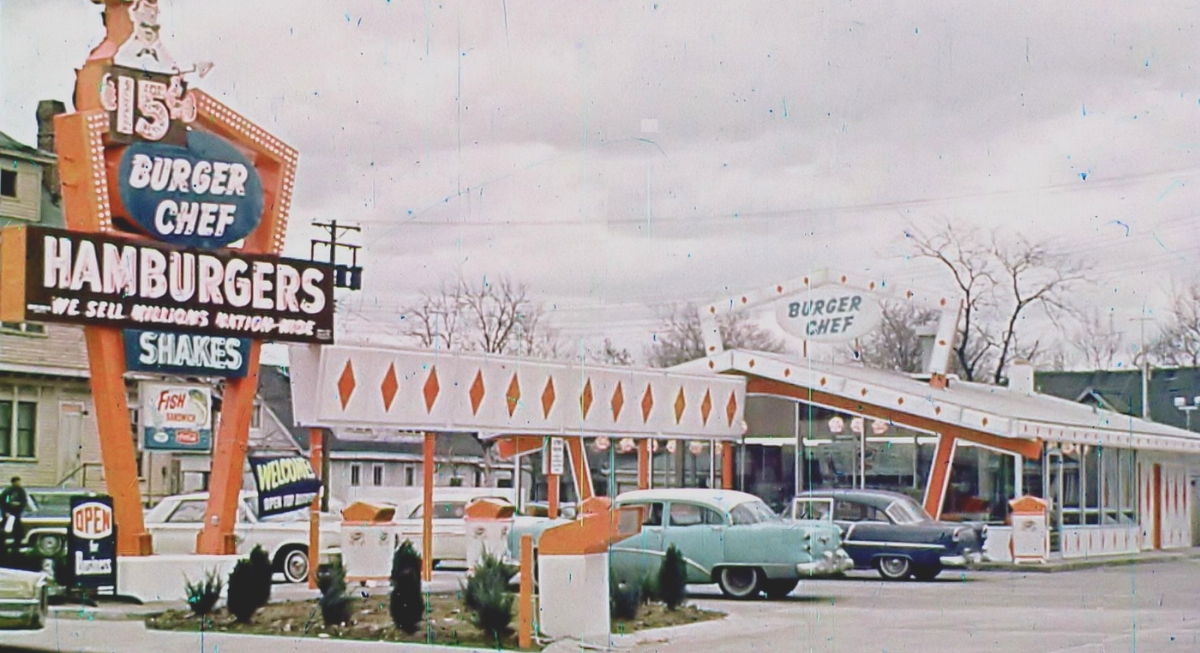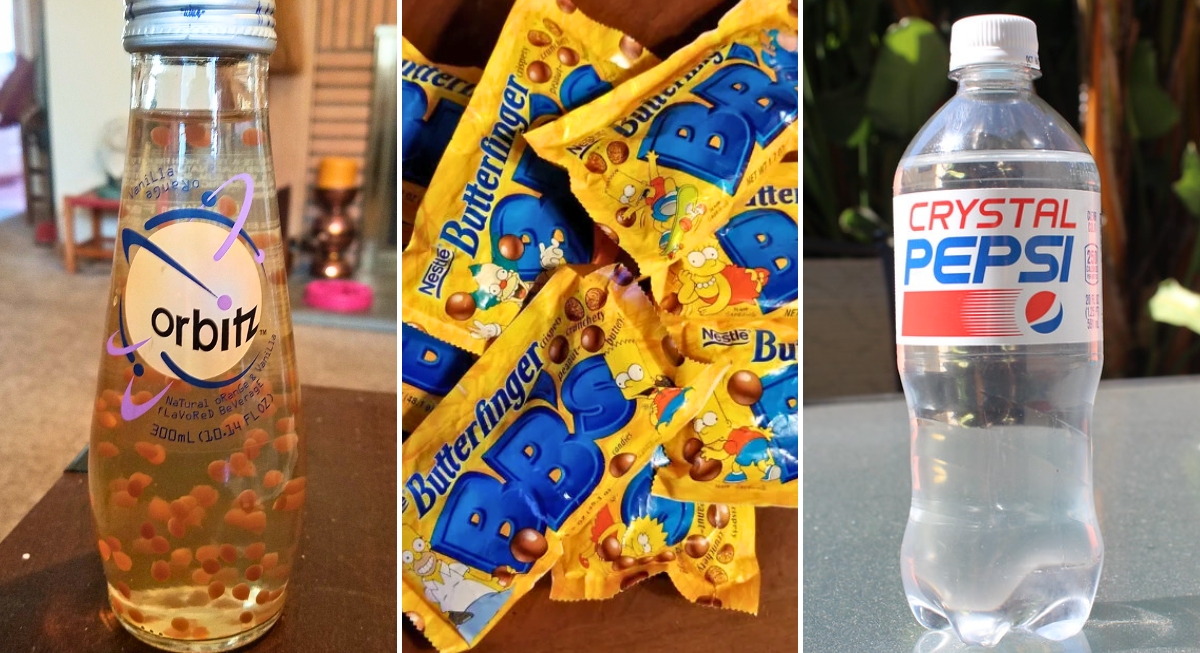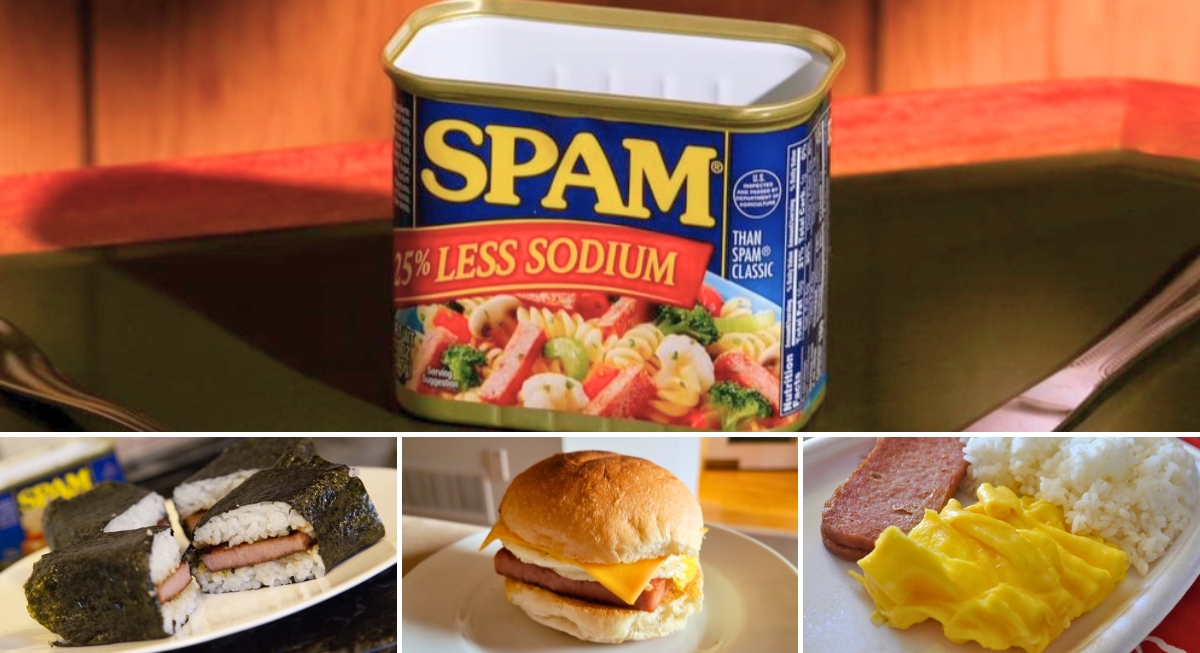Burger joints had an era of their own in American culture, and that’s way before the days of mega-chains and near-identical menus. Some of these burger chains were wildly popular due to their distinct personality and memorable atmospheres. These chains brought burgers with bold ideas, and of course, menus and flavors people still remember and love.
These once-loved burger chains may no longer exist, but their stories are worth the trip down memory lane.
Burger Chef
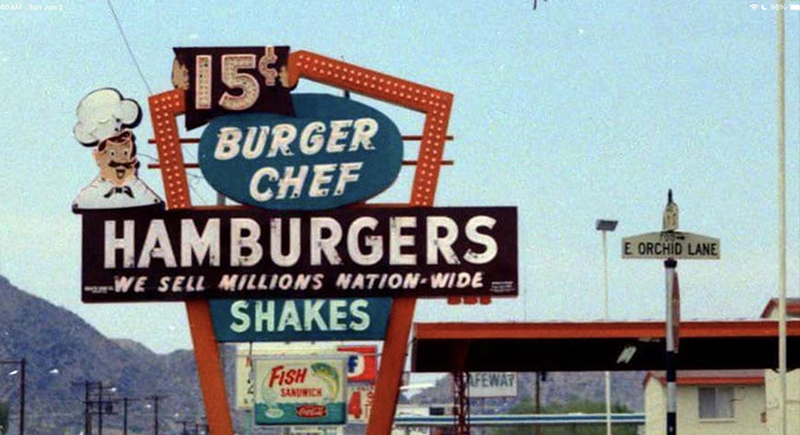
Credit: Reddit
Let’s start with the one that could’ve been McDonald’s biggest rival—and actually beat them to a few ideas. Burger Chef opened in 1954 with wild innovations like a build-your-own burger bar and the “Funmeal,” which included a toy and came out years before the Happy Meal existed. At its peak, there were over 1,000 locations across the country.
Red Barn
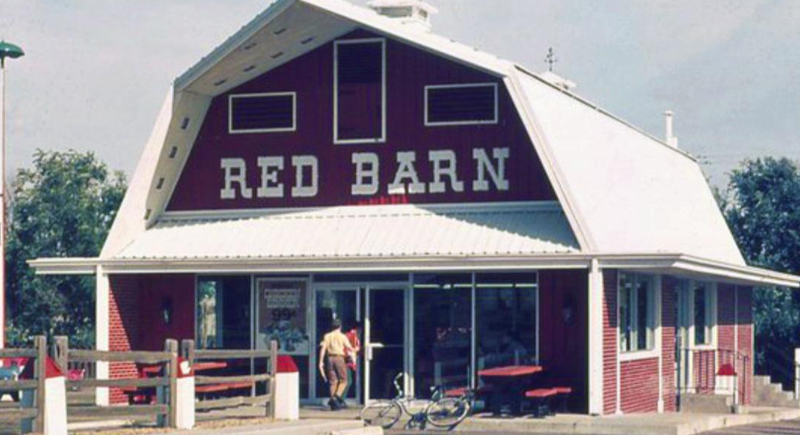
Credit: Reddit
Fast food in a building shaped like an actual red barn? That was Red Barn’s unforgettable shtick. With “Barnbuster” burgers and one of the earliest salad bars, it was quirky, homespun, and beloved across the Midwest and East Coast.
Sandies
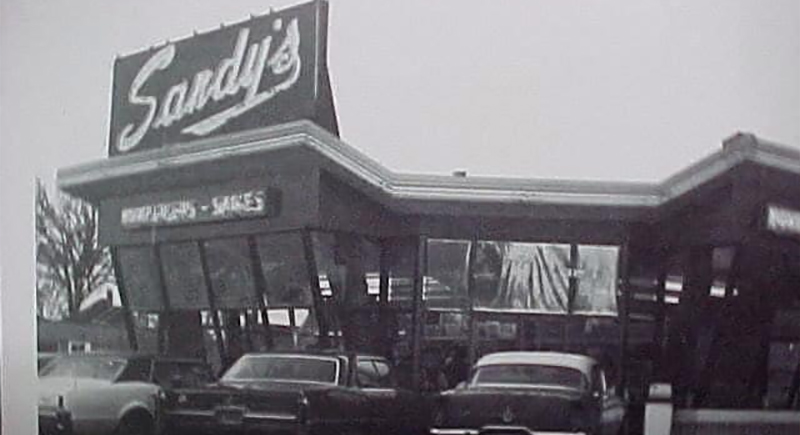
Credit: Facebook
Fifteen-cent burgers, ten-cent fries, and plaid everywhere—Sandies was fast food with a small-town soul. It was launched in 1956 in Illinois, but grew across the Midwest before being bought by Hardee’s in 1971.
Wag’s
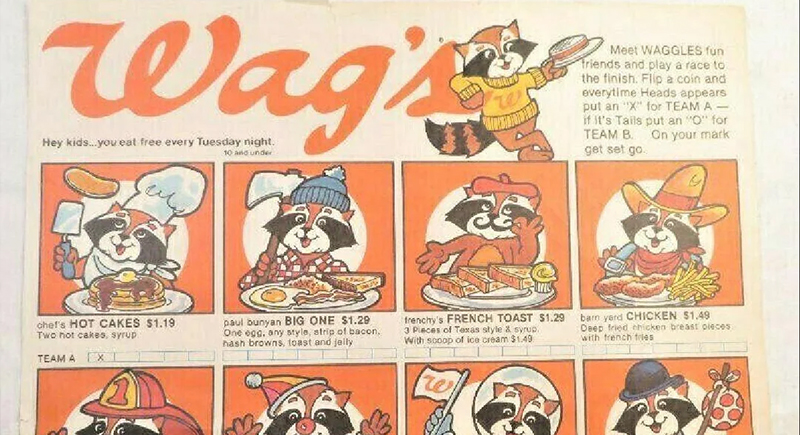
Credit: Reddit
Walgreens started this burger-and-breakfast joint. Yup, the drugstore. Wag’s launched in the late ‘70s as a sit-down family restaurant with late-night hours and hearty portions. But when Walgreens sold it to Marriott in 1988, things started to unravel. The rebranding didn’t stick, and by 1991, Wag’s had wagged its last.
Wuv’s
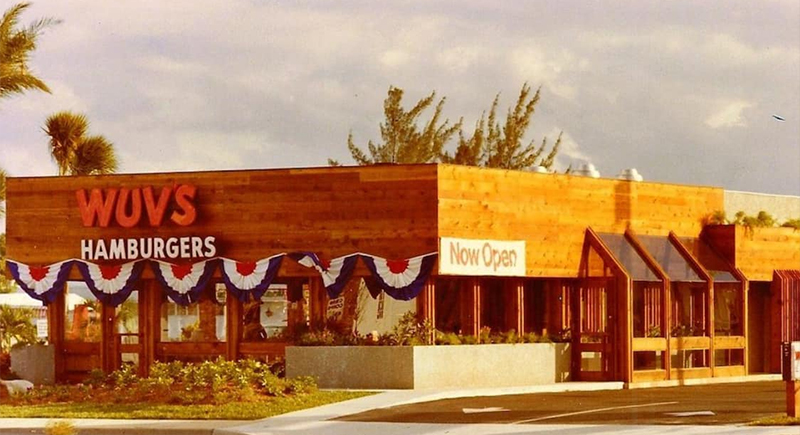
Credit: Facebook
Short-lived but not easily forgotten. Wuv’s brought flair to Florida starting in 1975. Expansion came fast, but so did financial trouble. Wuv filed for bankruptcy in 1981 and shuttered its stores soon after. While it lasted, Wuv’s stood out with a toppings bar, house-made fries, and a signature fruit drink called Wuv Juice.
Carrols
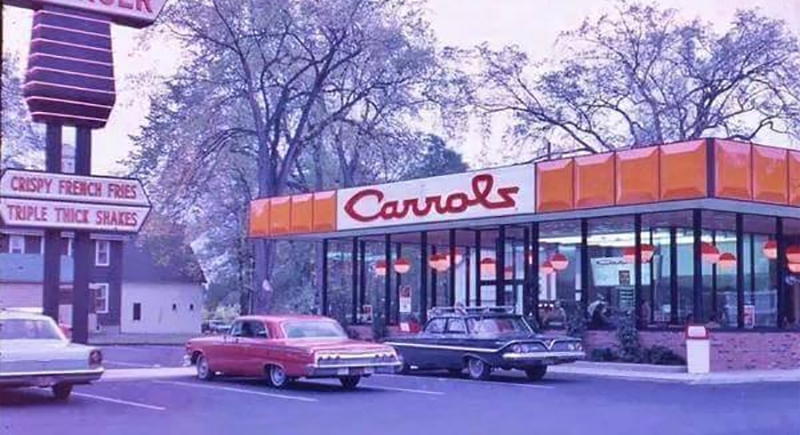
Credit: Reddit
Carrols launched in 1962 while serving flame-broiled burgers with diner-style counters and a bold color scheme. Rather than take on McDonald’s head-to-head, it made a strategic pivot by selling most locations to Burger King by the ’90s.
Mini Pearl’s Chicken
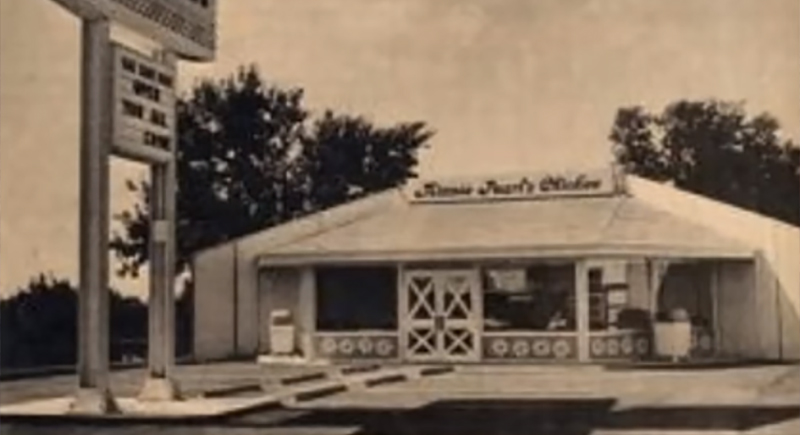
Credit: Reddit
Fried chicken, country music, and fast food—what could go wrong? Backed by Nashville investors and named after a country comedian, this chain was big on Southern charm. It spread quickly in 1966 but was plagued by inconsistent food quality and management missteps. Overexpansion didn’t help either, and within a decade, the entire operation fizzled out.
Wetson’s
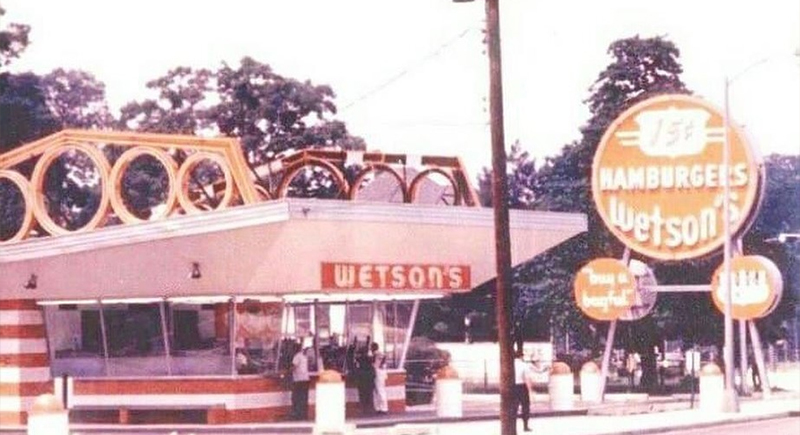
Credit: Instagram
When the national chains rolled into the region in force, Wetson’s couldn’t keep up. Most locations were either shuttered or merged into Nathan’s Famous by 1975. But before that, Wetson’s was already flipping burgers across the city. The restaurant dished out 15-cent burgers and hand-peeled fries when it came into being in the 1950s. Their Big W sandwich even beat McDonald’s Big Mac to the punch.
Sambo’s
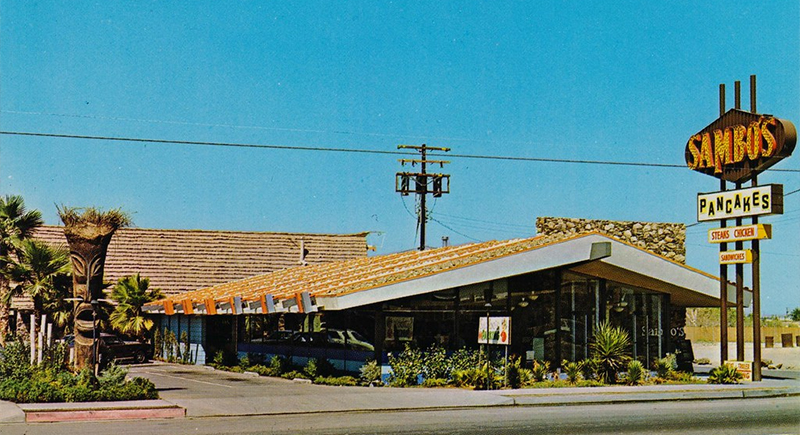
Credit: flickr
Sambo’s served up pancakes, burgers, and coffee refills without end. After being founded in 1957, it hit over 1,100 locations before its name, tied to a racist children's book, sparked growing protests. In the ’80s, rebranding attempts failed to save it. The last Sambo’s finally changed its name in 2020.
White Tower
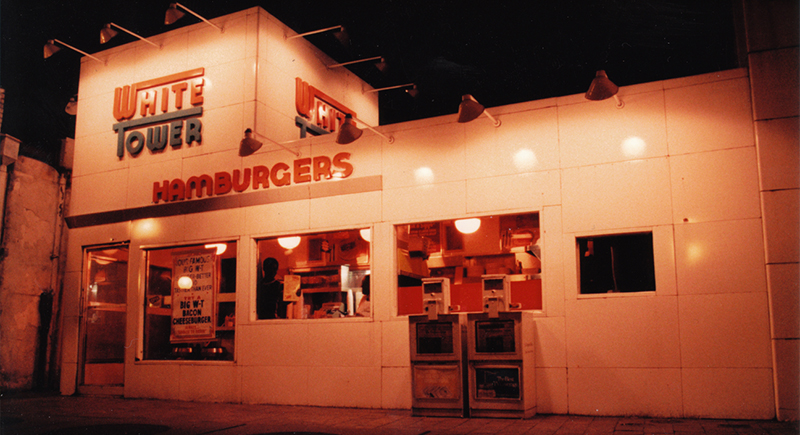
Credit: Wikimedia Commons
Born in the shadow of White Castle in 1926, White Tower leaned into the same look—tiny fortress-like buildings and sliders served at lightning speed. Lawsuits from White Castle forced them to tweak the name and design, but they held on for decades. Though the chain stuck around longer than most on this list, it finally shut down its last store in 2004.
All-American Burger

Credit: Wikimedia Commons
Immortalized in Fast Times at Ridgemont High, All-American Burger had a barefoot-after-the-beach vibe. Its West Coast charm and no-frills menu kept it popular with teens and surfers alike. But the ’80s brought bigger chains, and by the early ’90s, it had disappeared, saved only by pop culture.
Biff Burger

Credit: Reddit
Short for “Best in Fast Food,” Biff Burger hit the scene in 1956 with a flame-broiling process that turned heads and appetites. The food was good, the prices were low, and expansion came fast, especially in the Southeast. When its parent company dropped the brand in the 1970s, the stores were left adrift. Only one in Florida lasted all the way until 2021, which is quite impressive considering that the chain hasn’t officially existed in decades.
Mr. Fables
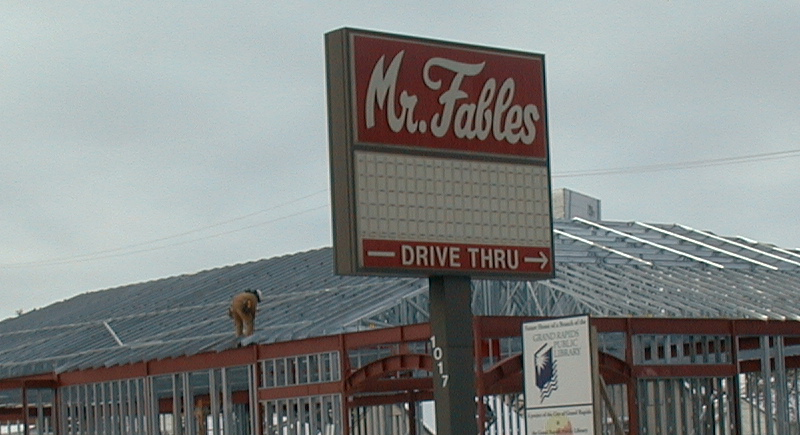
Credit: Reddit
In West Michigan, Mr. Fables meant one thing: the olive burger. Aside from that, it offered crispy onion rings, booth seating, and a fiercely loyal customer base. But by the early 2000s, rising competition closed its last doors. Fans still crave that signature tangy bite.
Hart House

Credit: Reddit
Comedian Kevin Hart tried to flip the fast food script in 2022 with the launch of Hart House. It was a sleek, plant-based joint aiming to win over meatless eaters and flexitarian foodies alike. Despite promising a modern menu and all the Hollywood flair, the bold idea didn’t last. In 2024, the burger chain quietly folded and proved that even a beloved celebrity cannot save a restaurant if the odds are not in their favor.
Stanich’s
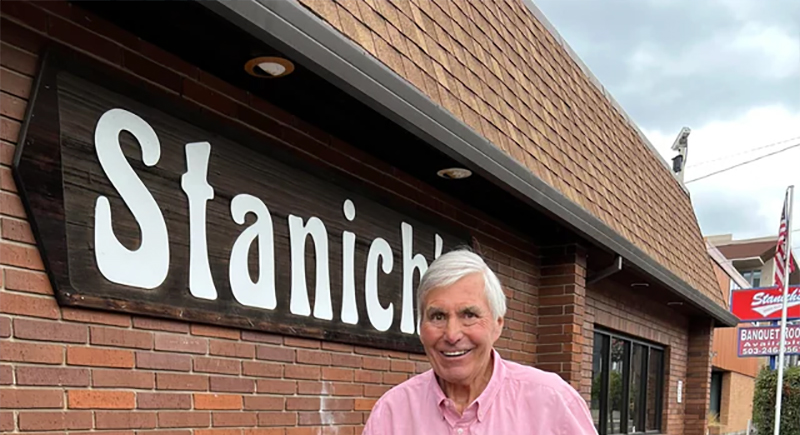
Credit: Reddit
For decades, Stanich’s was a Portland classic—gritty, greasy, and deeply loved. In 2017, a food site named its burger the best in America. That fame proved fatal. The flood of new customers brought scrutiny, which exposed legal issues and health code problems. By 2020, the once-humble legend had closed for good.

